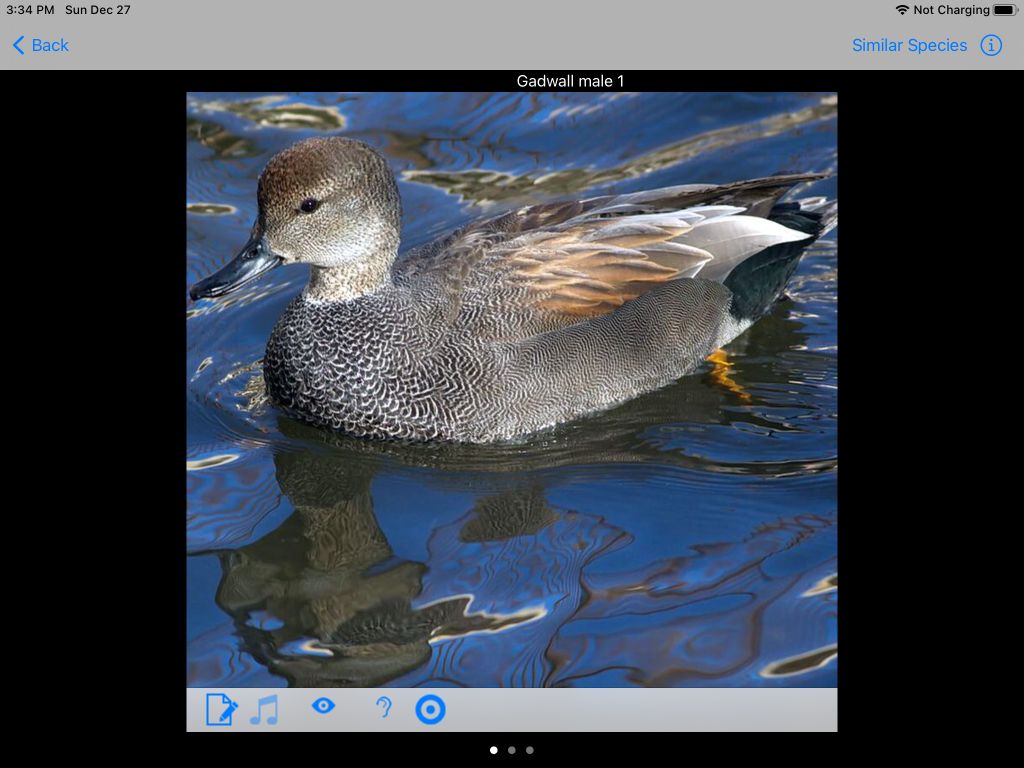One could argue that any day of birding that includes birds is productive but personal birding success also depends on personal birding goals. Last weekend, in keeping with a Zen mindset (to ward off disappointment), I placed the goal bar on a low, bobwhite level rung. In keeping with secret hidden hope, I ventured into places that upped the odds for uncommon birds.
Our first site was the Ceiba Road near Orotina, a place with odd, open ag. habitats that have become a veritable Patagonia level hotspot for rare birds. Merlin, Northern Harrier, sparrows, even an uber rare for Costa Rica Burrowing Owl (!) have been found at Ceiba. As with other sites that attract odd birds, you bird there with extra careful eyes and ears, you bird with the awareness of rare possibilities. Really, one should bird like that everywhere but in the places where multiple rare birds have occurred, it’s easier to keep an open, focused mind.
Our first stop on the Ceiba road was in a riparian zone and as if on cue, we were greeted by the voice of the northern prairie, the calls of Western Kingbirds. An uncommon bird for Costa Rica, this winter seems to be an especially good one for them. Either that or climate change is pushing them into new areas. Either way, hearing and seeing those quintessential birds was a fine, productive start to the day and one that reminded me of road stops in western Kansas, of walking the wide-open, sun-baked Comanche lands in eastern Colorado.

Further down the road, careful birding in the open areas turned up some usual suspects and target birds. There goes the hoped for Pearl Kite perched in a high tree! There goes Mourning Doves moving along a distant treeline! That small falcon in the distant haze was an American Kestrel, another one was harassing a pair of Harris’s Hawks.
It was also instructive to study Bronzed and Shiny Cowbirds at close range. Educational yet worrisome to see so many.

Checking the many White-winged Doves failed to reveal any Eurasian Collared-Doves but it’s always nice to be watching birds.
There were several small birds around too, birds like Scrub Euphonia, Blue Grosbeak, Gray-crowned Yellowthroat and chipping Yellow Warblers but nothing rare, no lost wood-warblers who should have been gleaning in the breezy palms of the Caribbean.
A birding check of a side road further on turned out to be a good choice when Mary found a Grasshopper Sparrow! We had stopped next to a scrubby field and I was scanning swallows when she mentioned a bird perched on a wire. In Costa Rica, we probably get hundreds of Grasshoppers in the winter but see if you can find them. You will here and there but they aren’t exactly abundant, probably spread out over thousands of acres of pasture and grassy fields.
We had two of them and fantastic looks! The first bird perched so close, we should have had amazing photos; it sat still and refused to move. It would have stayed long enough for a shot too but before we could get the camera ready, it was flushed by the only passerby for miles, an older woman dressed in a green and red outfit that came straight out of the realm of Strawberry Shortcake. She just happened to walk up just at the very moment when we could have taken the picture, right at the exact moment!
Every experience is new and unique, there are no repeats on this shared timeline but how many can say that they missed taking a picture of a Grasshopper Sparrow because it was flushed at just the right moment by someone sort of dressed like a strawberry? And in the middle of nowhere in Costa Rica? Like, what are the odds? I’m not complaining, just contemplating the unexpected and reaffirming that life is full of surprises.
We did enjoy wonderful close looks and could see how those pale brown whispers of a bird can so easily vanish into the equally whispering habitat of dry brown grass. The Grasshoper Sparrows were a very productive part of that morning and it wasn’t over yet!
Next stop on the birding train was the point at Puntarenas, a place that always offers a chance at interesting seabirds. Despite a stiff wind that hinted at storm-petrels, scanning from the lighthouse didn’t reveal much more than choppy waters. The birds were out there, though, most just a bit too far for identification.

Nevertheless, while scanning the terns, one bird stood out. It was a dark brown bird and flying straight and fast, I thought, “now that has to be a jaeger”. When it veered after a tern and followed its every move, its sea-falcon identification was confirmed and then there was another! The second jaeger had more white on the belly but was the same size and shape. By their tern-pursuing antics, size, shape, and amount of white in the wing, I saw them as Parasitics (aka Arctic Skuas). They perched way out there in the Gulf as people walked past on the sand, oblivious to the drama and scandal stirred up by those high-Arctic visitors.
I was reminded of another productive day some years ago during a BOS trip to the shore of Lake Erie when I saw my first ever jaeger, a Parasitic that burst through our field of view too fast to appreciate. On that day, there were also a few people walking on the sand, oblivious to the drama of migration, of the Sharpies flapping by, of the warblers and Least Flycatchers feeding to keep making their way to Mexico. It’s alright, what is productive for some is of no consequence to others, we all walk our own timelines but if you aren’t watching birds, you don’t know what you are missing!
I wonder what the coming days will bring?



















